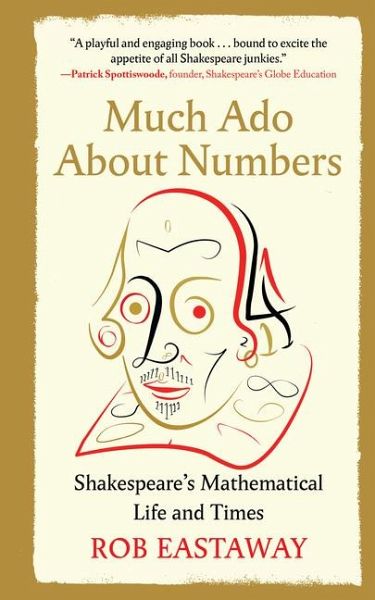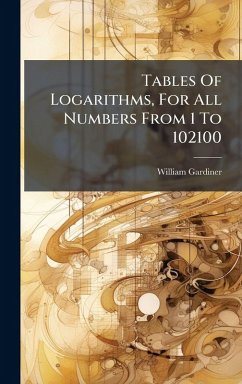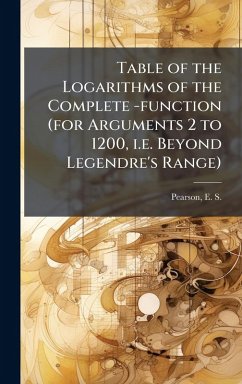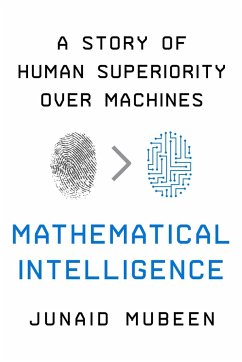
Much ADO about Numbers
Shakespeare's Mathematical Life and Times
Versandkostenfrei!
Versandfertig in über 4 Wochen
15,99 €
inkl. MwSt.
Weitere Ausgaben:

PAYBACK Punkte
8 °P sammeln!
Shakespeare's era was abuzz with mathematical progress, from the new concept of "zero" to Galileo's redraft of the heavens. Now, Rob Eastaway uncovers the many surprising ways math shaped Shakespeare's plays-and his world-touring astronomy, code-breaking, color theory, navigation, music, sports, and more. * How reliable was a pocket sundial? * Was math illusionist John Dee the real-life Prospero? * How long was a Scottish mile, and what could you buy for a groat? * Do Jupiter's moons have a cameo in Cymbeline? * How did ordinary people use numbers day-to-day? * And might Shakespeare have trie...
Shakespeare's era was abuzz with mathematical progress, from the new concept of "zero" to Galileo's redraft of the heavens. Now, Rob Eastaway uncovers the many surprising ways math shaped Shakespeare's plays-and his world-touring astronomy, code-breaking, color theory, navigation, music, sports, and more. * How reliable was a pocket sundial? * Was math illusionist John Dee the real-life Prospero? * How long was a Scottish mile, and what could you buy for a groat? * Do Jupiter's moons have a cameo in Cymbeline? * How did ordinary people use numbers day-to-day? * And might Shakespeare have tried that game-changing invention-the pencil? Full of delights for devotees of both Tudor history and the Bard, Much Ado About Numbers is proof that the arts and sciences have always danced together.













